
Photo/Illustration: Sheila Daar & Steven Ash

Photo/Illustration: Sheila Daar & Steven Ash
When you read the IPM definition in the last blog it becomes apparent the IPM is a “decision driven problem solving method”.You may be saying “When I go to a coffee shop I already have to make around 10 decisions just to get a cup of coffee, I may not need more decisions in my life.”Yes but instead of just a cup of coffee, you get that “large, hot, ½ caff, non-fat, no foam, extra shot, no sweetner, Latte, with a dash of dark chocolate powder, in my travel cup … and could you pre-heat my travel cup?.”IPM is decision driven because you need the best decision for your particular pest, at a particular time and place, to meet a certain goal for your garden.IPM is tailor made for the specific situation to which it is applied.
Before we go any further, we need another IPM Decision-Making definition, “Thresholds”.
· Injury or Damage Threshold: decide how much damage you can tolerate on the affected plant(s).This unacceptable damage threshold will vary place to place and plant to plant.
· Pest Damage Threshold:the pest population that will cause the plant unacceptable damage.
· Action or Treatment Threshold:the pest population level when action must be taken to keep the pest from reaching damaging levels.You establish a treatment level that keeps the pest population small enough so it does not cause an unacceptable level of damage.
Here is a hypothetical example:
#1 Set Damage Threshold:Let’s say you have a rose bush.You want to use some (but not all) of the roses as cut flowers for the house.Damaged and distorted buds are not candidates, although for the buds left on the bush some distortion and damage is acceptable.Some aphids on the plant will draw beneficial insects.
#2 Pest Damage Threshold:You’ve noticed in the past, by Monitoring, that high levels of aphids distort the blossoms.You monitor the buds and find that if the aphid population on a bud reaches 20 or greater the resulting flower is distorted and not a candidate for cutting.You have now established your Damage Threshold at 20 aphids per bud.
#3 Action or Treatment Threshold:You’ve identified the aphid and learned about its life-cycle.It is warm and you know that aphids reproduce very quickly since they give birth to live fertile females that can begin giving birth to more live fertile females within a few days.You have taken into account the amount of time you can work in your garden. Within your time constraints you have decided that when the aphid population reaches 10 aphids per bud, it is time to take some action.Your Action or Treatment Threshold is 10 aphids per bud.
#4 Initial Actions, Determine the Following:
· Ants present?Are ants tending and protecting the aphids? Some ants tend aphids very much like dairy farmers tend to their cows, this is an amazing relationship.If so exclude the ants from the rose bush which will allow beneficial insects to control the aphids.If you have a chance to observe the interaction of ants and aphids, do it!It’s like watching National Geographic or Animal Planet on TV, only it’s live action.
· Beneficial insects present?Are there signs of lady beetles, lacewing, syrphid flies, or parasitoids?If the answer is yes then you must be careful that any action you take doesn’t injure the beneficials.Remember if you eliminate the beneficials you inherit their work.
· Wash off the aphids using a “cone shaped spray” from an adjustable hose nozzle or use a Fogg-It® nozzle.Support the bud and branch being washed to prevent damage from high water pressure, which can damage the bud and stem.Household water pressure of about 45 to 50 psi is more than adequate.If the “cone spray” generates a fine mist/fog, then the pressure it too high.Wash the plant in the morning so that the foliage can dry out before nightfall.
· Monitor again in a few days to see if your initial treatment actions worked.Repeat the wash-down when aphids reach 10 per bud.Aphids that are washed off of plants rarely make it back to the plant, they are usually dispatched by ground predators.Even if they are not caught by predators, it’s not like they have GPS so they can find their way back to the rose bush.
Take a look at the IPM Decision-Making Process line drawing.It gives you a graphic representation of IPM, which was defined in the “Introduction to IPM and the Gardener’s Guide to Common-Sense Pest Control” blog posted on February 22, 2013.This graphic shows how the IPM Process all fits together.
“Locate Focus Areas and Define Management Objectives” is at the top.This is your planning stage, whether it is a new garden, a renovation, or a continuation.What are the goals of your garden:is it a play area for kids, is it erosion control on a slope, maybe its exclusively native plants, or is it a combination garden (e.g. food, flowers, and foliage), to mention just a few.The “goals” you set for your garden determine how you will need to maintain it, be careful not to over-reach here which is a common stumbling block.
“Monitoring” is next.You will find out what pests you have in the garden and where they appear first.With new plants you will be able to determine which pests of the plant occur in your garden.
“Set the injury level and Treatment Threshold” once you’ve determined which pests will be active.This can vary widely depending on how you “Define Management Objectives” in the beginning.An extreme example would be turfgrass.Our three examples are a golf green, a home lawn, and a freeway median.All three have turf grass.The golf green must remain weed free, it is an athletic turf after all.The home lawn is more a “meadow” and some clover and other broadleaf plants are acceptable and desirable.The freeway median need only be drive by scenic, who sees weeds at 55 to 75 mph?
“Treatment Threshold Reached?”If not then go back to monitoring.If the Treatment (Action) Threshold has been reached it is time to select one or more Treatment Actions to use against the pest.In IPM the most effective control is usually achieved when more than one tactic is applied.
“Apply Treatment Program” that employs tactics effective against the pest and least disruptive to the rest of the garden environment.You don’t want your solution to create new problems, this is actually quite common when using pesticides.Your treatment actions may be simple, like washing aphids off of your plants.It may be that you just squash the aphids in your hands (wear gloves), or maybe you stop using quick release nutrients and start using organic fertilizers to eliminate those lush flushes of growth that aphids favor.The treatments get a little more complex if you need to manage ants in order to get your aphids under control.
Monitor to determine whether your treatment choices were effective, this is your feedback loop.In the case of our aphid example, you’ll know within a week or so whether your initial efforts were effective.I’ve found that washing aphids off of plants for three weeks in a row was usually sufficient to solve the problem.
Keep in mind that there are a number of treatment tactics that we can add to our aphid management strategy before we even think about our “last resort use of least-toxic pesticides”.
IPM and the Gardener’s Guide to Common-Sense Pest Control (GG-CSPC)
This series of blog posts is the companion to our book “The Gardener’s Guide to Common-Sense Pest Control”, or GG-CSPC as we call it, published by Taunton Press. This is the newly revised and updated edition of the 1995 original Gardener’s Guide, which was drawn from the classic big book “Common-Sense Pest Control” published in 1991. Practitioners of IPM (Integrated Pest Management) often refer to these two books as the “Integrated Pest Management Bibles”.For over 20 years I’ve used these books as my primary IPM resource in the field, in my consulting practice and in my home garden.
The authors of the original GG-CSPC are William Olkowski, Sheila Daar, and Helga Olkowski.The co-author and editor of the revised and updated edition is Steven Ash, that’s me.One quick note on the blog’s “voice”, when I speak of something in the book I’ll use “we”, which means one or more of the four authors was involved in some way.In the blog itself I’ll use “I” since it’s me talking to you.Just so you don’t think I have multiple personalities when I use “we”.
See all the Common-Sense Pest Control materials here.
Fine Gardening Recommended Products
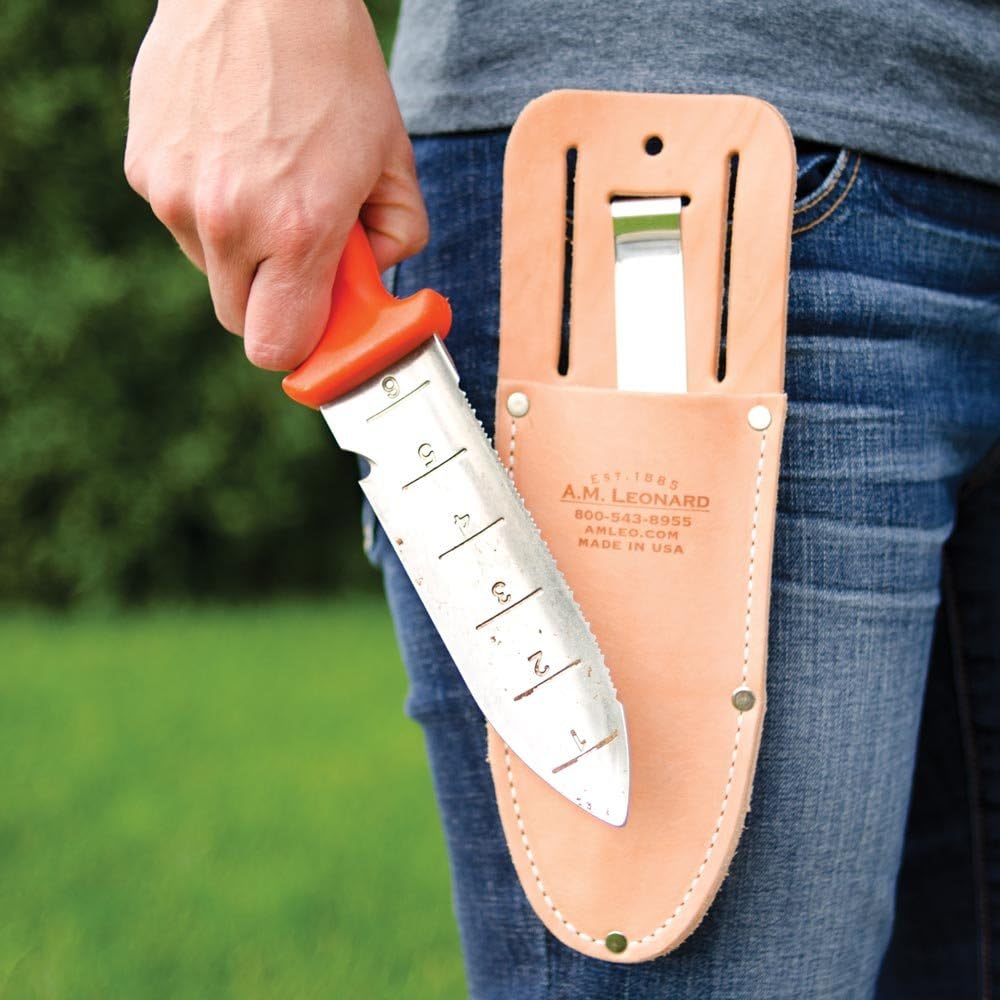
A.M. Leonard Deluxe Soil Knife & Leather Sheath Combo
Fine Gardening receives a commission for items purchased through links on this site, including Amazon Associates and other affiliate advertising programs.

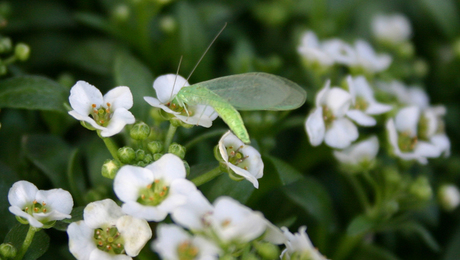

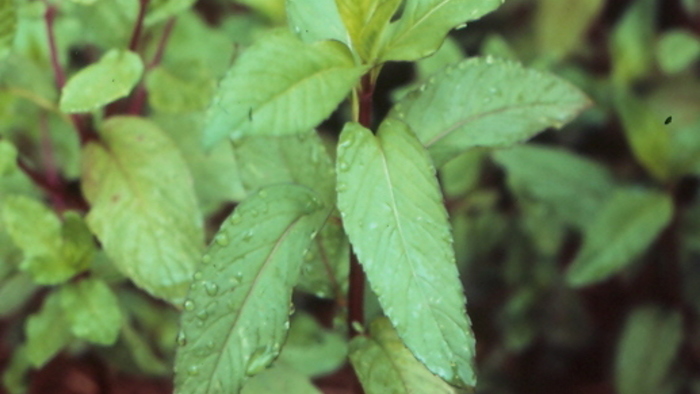

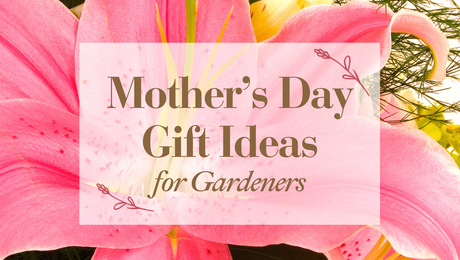
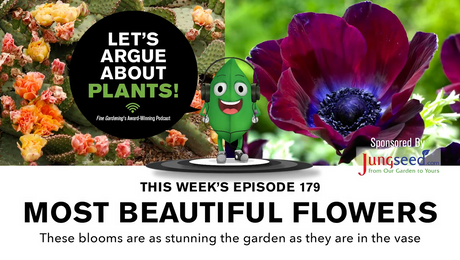
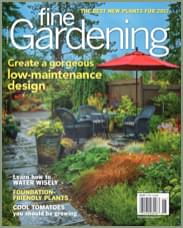

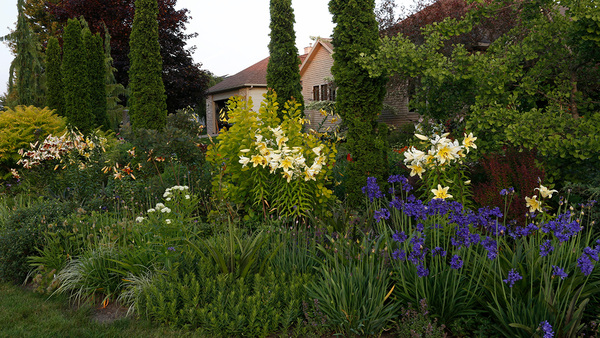







Comments
Log in or create an account to post a comment.
Sign up Log in